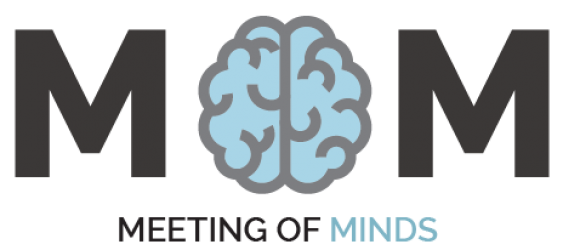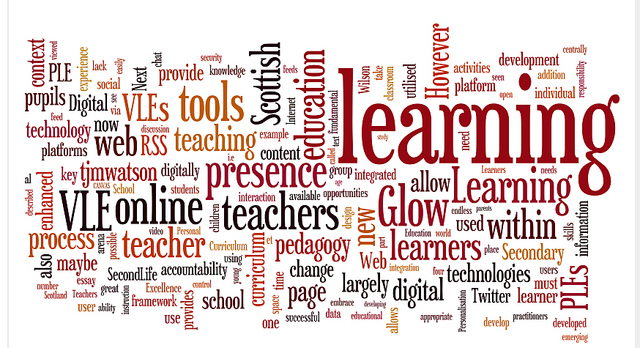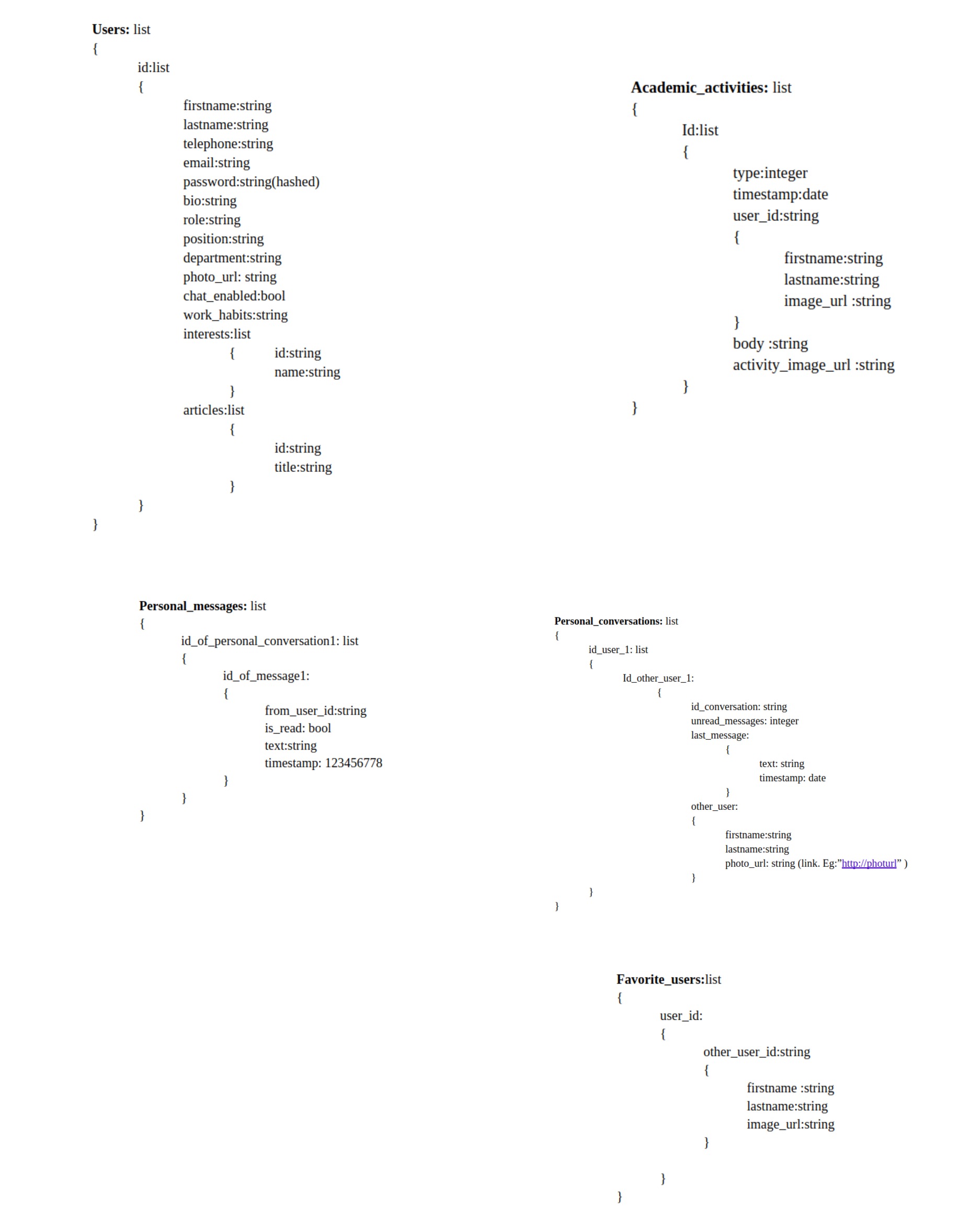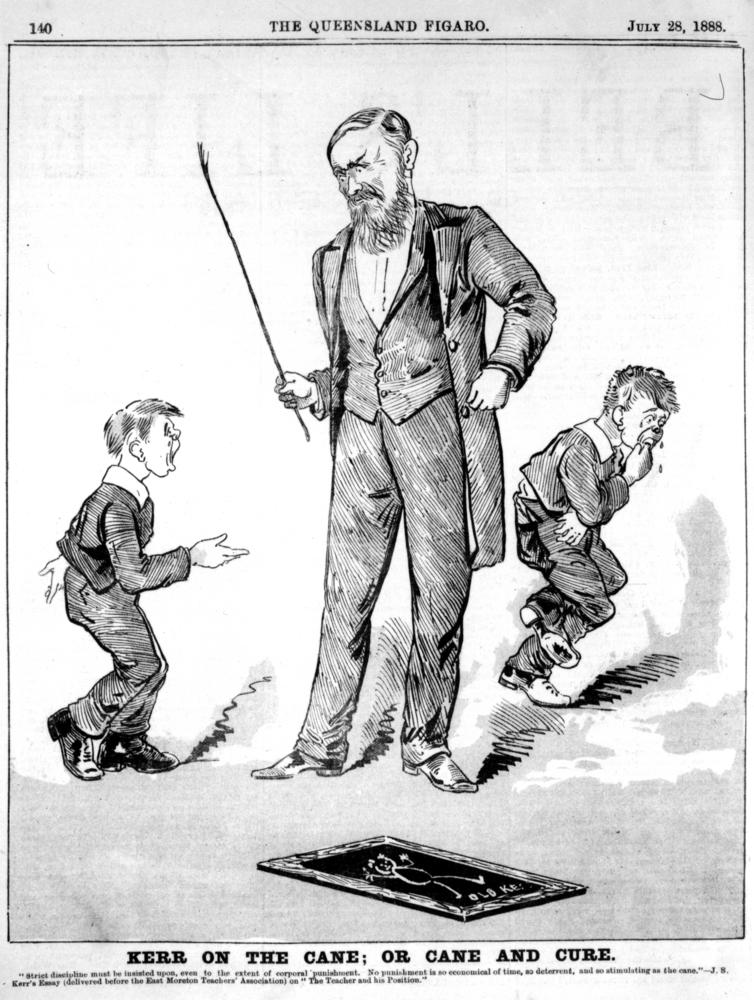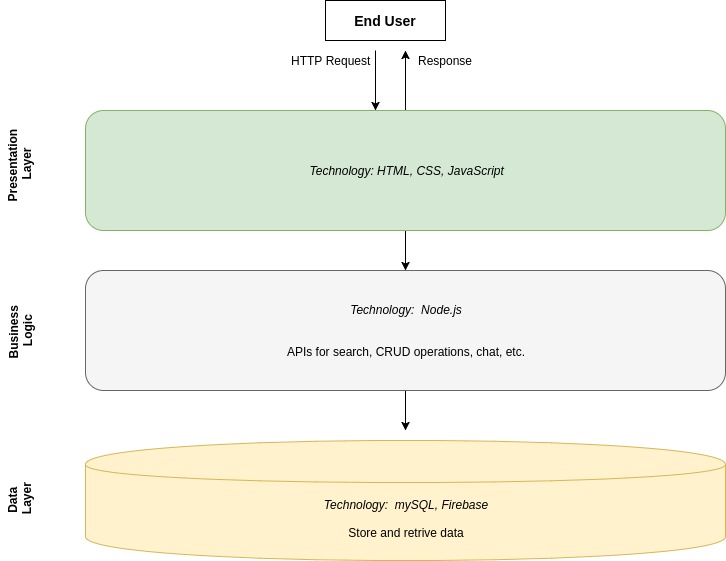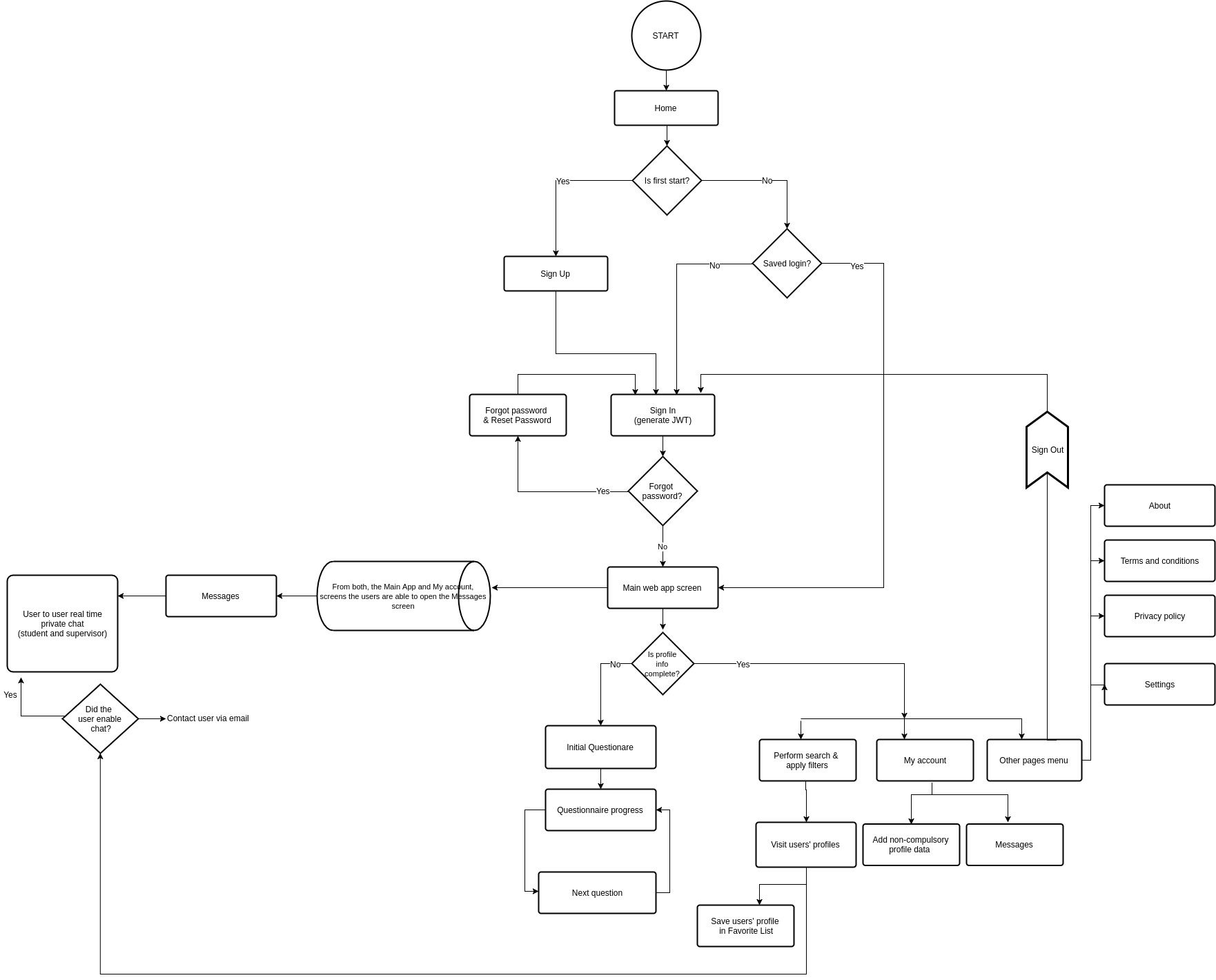Undoubtedly, the internet has reshaped nearly every aspect of our daily life. As the world has become more and more connected through the information and communication technologies advancement, web 2.0 was introduced. Since then, online social networks (OSN) and social network sites (SNS) have appeared as a major societal phenomenon in the latest decade. It is widely known that web 2.0 technologies are versatile and affordable. With web 2.0, the services provided by the networks are conditional on content that users create. Moreover, web 2.0 is allowing users with no experience and knowledge of programming language, for example, HTML, CSS and JavaScript to transform a read-only web to a read/write web.
Social network sites have permeated internet users in all generations, and turning to a significant communication tool, especially in the student communities as it enables students to deliver instructional content and provide opportunities to connect to other students and educational staffs. These days, the number of social network site and its user are increasing rapidly as we can see from famous social media platforms such as Facebook, YouTube and Twitter, these were launched in 2004, 2005 and 2006 respectively. In fact, three of them are new platforms, but they have already reached over millions of users, besides, their valuation is counted in billions of US$. This is an astonishing development which cannot be found in any other line of business. According to those mentioned above, it demonstrates the power of network effects, where the benefit of individuals depends on the usage and presence of the network by others.
In an early age when the internet first boom, the common way businesses endeavoured to make money on the traffic was used to display or text advertising. As well as others, the Facebook business model from the beginning was based on monetising of the social network that has been generated. The number of users was more significant than an interaction between brand and a user. Consequently, Facebook could not make enough money from advertising service even though several advertisers spent their money on advertising. Therefore, Facebook changed and modified its business model in 2009. In early 2009, Microsoft turned into the exclusive provider for Facebook standard banner ads using the Microsoft ad Centre platform together with Microsoft’s digital advertising solution. Afterwards, during the late 2009 Facebook became less dependent upon the deal with Microsoft. They established to make money on their new experimental advertising efforts as well as through sales of third-party brands. Even though Facebook has proved that this revenue model works well for their business as it became the no.1 SNS advertised on ranked by display ad impressions in the US, some argue that a business model based on advertising still has some weaknesses, linked to the customer behaviour.
A supplementary source of income of Facebook can come from selling users’ information to advertisers. Obviously, there is privacy issue implicated. Nonetheless, from their aspect users’ usage patterns and information on users can be made anonymous and still comprise of high value to advertisers.
Social Network can be categorised as multi-sided platform business model. According to Jun Loayza (president of SocialMediaMarketing.com), there are five unique business models for social media: freemium, affiliate, subscription, virtual goods and advertising. These five revenue models are far better than monetising from just advertising. As an academic social network (ASN), Meeting of Minds aims to assist students to share common academic interests, profiles, preferences together with their historical studies. Furthermore, we are strongly concern about users’ privacy, so, that makes our business model different from the typical ones. Our business model will be drawn as a combination between affiliate model and advertising model because affiliate model does not require a large number of fund available, therefore, we as an affiliate marketer only need to develop our website and use it as the main advertising source. The advertising model is an online standard business model which sites can sell advertisement against the traffic. Indeed, all of these models will be done without tracking and storing private information of MOMs users.
However, an only business model cannot hit the nail on the head; thus business model canvas is used in order to fill the gaps and help us to estimate risks in investments. The business model canvas of Meeting of Minds will be illustrated in the next entry.
